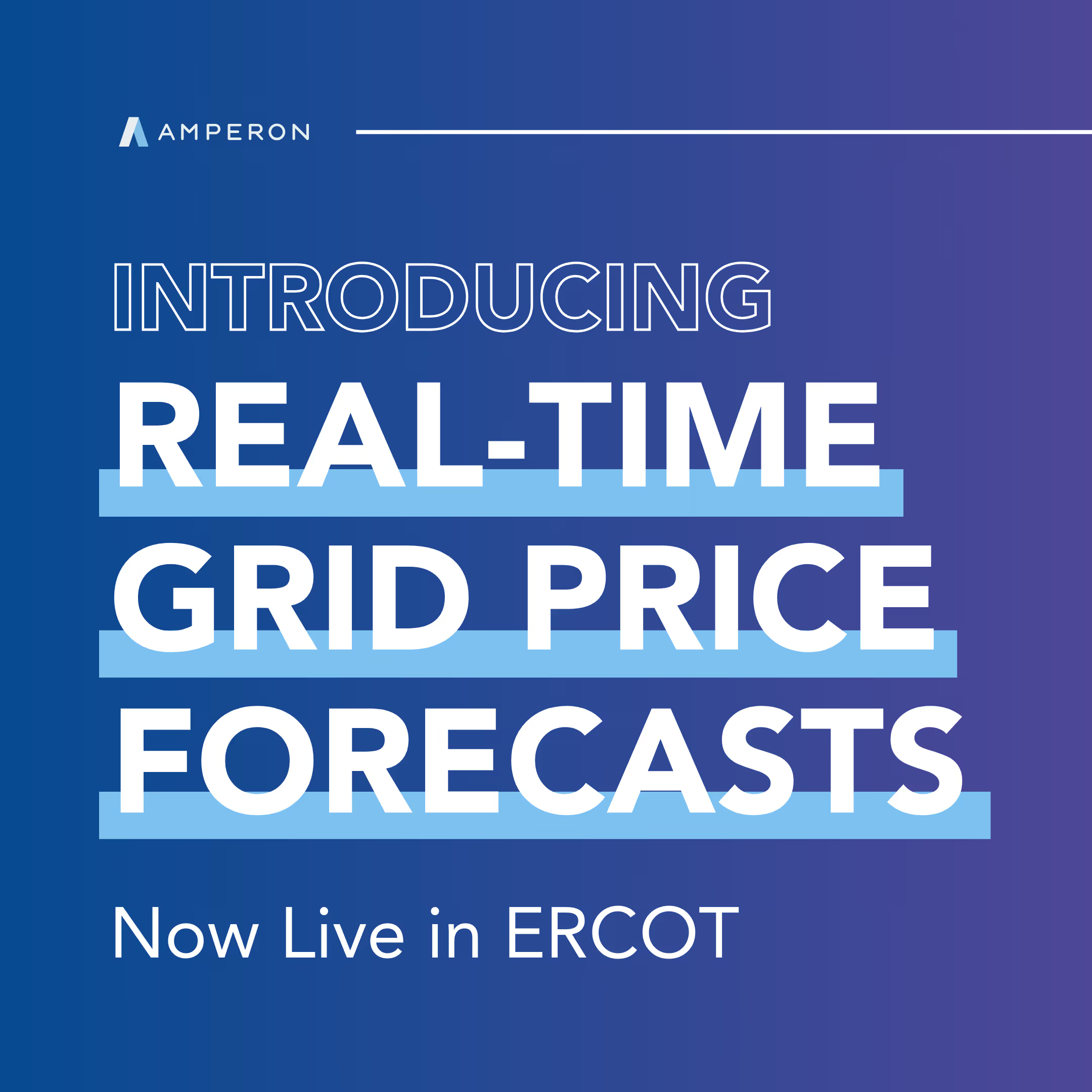How ERCOT’s RTC+B Framework Unlocks a New Era of Battery Behavior and Retailer Strategy
ERCOT is about to undergo one of the most significant market design shifts in its history. The move to Real-Time Co-Optimization + Batteries (RTC+B) isn’t just a technical upgrade—it’s a fundamental rethinking of how energy and reserves are priced, dispatched, and settled.
That “+B”? It’s not a footnote. It’s a paradigm shift that puts batteries at the center of real-time grid operations, price formation, and volatility management.
If you’re a Retail Electric Provider (REP) without a battery strategy, whether directly or through DERs, VPPs, or demand response, you’re behind. Retailers who understand and leverage battery behavior will have a meaningful edge.
Let’s break down the changes, the risks, and the opportunities under the RTC+B market framework set to take effect on December 5, 2025.
What Is RTC+B?
Today, ERCOT handles energy and ancillary services separately: energy is dispatched in real time, while reserves are locked in day-ahead. RTC+B, in contrast, will co-optimize energy and reserves every five minutes.
The shift to RTC+B means that batteries, gas peakers, and flexible loads will be able to toggle between energy and reserve roles dynamically. ERCOT will simultaneously evaluate the cost and availability of both energy and reserves, dispatching resources to meet both needs in the most efficient way possible.
Batteries Step into the Spotlight
Batteries will no longer be treated as load when charging and generation when discharging. Under RTC+B, they’re treated as dynamic hybrid assets with a State of Charge (SoC) that ERCOT actively manages. Expect batteries to shape price curves, reliability, and real-time operations more than ever before.
This unlocks a new era of battery behavior:
- Smoothing volatility by responding instantly to grid needs
- Shaping price curves based on SoC trends
- Daily arbitrage (charge low at noon, discharge into the evening ramp)
- Creating new “mini peaks” as widespread charging reshapes load curves
In short, flexibility wins. If you’re a REP without a battery strategy—whether through DERs, VPPs, or demand response—you’re behind. Batteries will increasingly define real-time price formation and reliability.
Key Market Changes from RTC+B
1. Energy and Ancillaries Dispatched Together
Currently, ERCOT locks in ancillary services a day ahead and fine-tunes energy in real time. Under RTC+B, both will be co-optimized every five minutes. That means batteries, gas peakers, and even load resources can toggle between energy and reserves seamlessly. In short, flexibility wins.
2. ORDC Adders Are Out, ASDCs Are In
Scarcity pricing is getting a facelift. Instead of ORDC adders, ERCOT will use Ancillary Service Demand Curves (ASDCs) embedded directly into real-time dispatch. Prices will reflect both energy and reserve scarcity—simultaneously and in real time.
3. New Block Products in the Day-Ahead Market
ERCOT is introducing new products such as multi-hour block products (e.g., 3–7 p.m. ramp periods) in the Day-Ahead Market. This creates a major shift in how risk can be managed, as multi-hour blocks allow REPs to hedge volatility more effectively without juggling hourly bids.
What RTC+B Means for Retail Electric Providers
Volatility Isn’t Going Away—It’s Evolving
You may see fewer extreme price spikes from system surprises, but more intra-hour movement as batteries and reserves reposition every five minutes. Prices could swing significantly within a single hour, especially as batteries respond to shifting grid needs.
Hedging Will Require More Precision
Day-ahead and real-time prices may converge, shrinking arbitrage opportunities. But ancillary services will now reprice in real time—meaning your hedge could be tight on energy but misaligned on reserves. Block products could offer new tools for managing this risk.
Forecasting Will Become Even More Critical
In RTC+B, forecasting isn’t just about predicting demand—it’s about anticipating how the entire system will respond, minute by minute. With granular real-time pricing, every forecast error—on load, renewables, or battery behavior—has real-time financial consequences.
Forecasting errors don’t just lead to missed arbitrage; they can trigger real-time imbalance charges, misaligned hedges, and lost margin.
To navigate this, you’ll need:
- Sharper load forecasts
- Visibility into battery SoC and dispatch behavior
- Awareness of renewable swings and reserve scarcity signals
Billing and Settlement Will Get More Complex
Expect new charge types and more granular settlement structures. If your systems can’t track RTC+B detail, you risk revenue leakage and compliance issues. Many current systems are built around hourly or day-ahead data, but RTC+B requires real-time settlement to avoid revenue leakage, trading inefficiencies, and compliance risks. ERCOT is still finalizing some elements, but your back office should already be planning.
In short, RTC+B demands real-time situational awareness—and that starts with systems that can track and respond to the market’s new level of granularity.
A Time for Retailers to Modernize
RTC+B isn’t just a tweak—it’s a market evolution. For REPs, it’s a moment to modernize forecasting, trading strategy, and customer programs.
At Amperon, we’re already working with REPs on scenario modeling, forecast tuning, and trading system redesigns for RTC+B. The teams who start now will stay ahead. The ones who wait until late 2025 will be playing catch-up.
Key RTC+B Risks
- More intra-hour price swings
- Unexpected settlement charges
- Forecast misses that hit harder
- System readiness gaps (e.g., billing, ETRM, analytics pipelines)
- Compliance missteps, especially if you're managing DERs or storage
Key RTC+B Opportunities
- Better hedging tools with block products and converging prices
- Opportunities to monetize DERs and customer flexibility
- Potentially lower costs from ERCOT’s efficiency gains
- More competitive offers as forward curves tighten and premiums shrink
Contact us to audit your forecasts’ RTC+B readiness.








.avif)

.avif)









